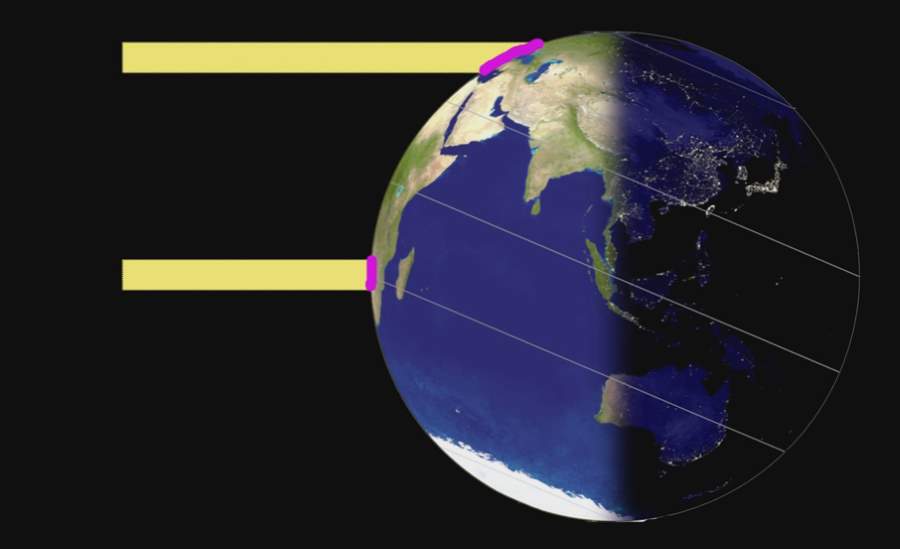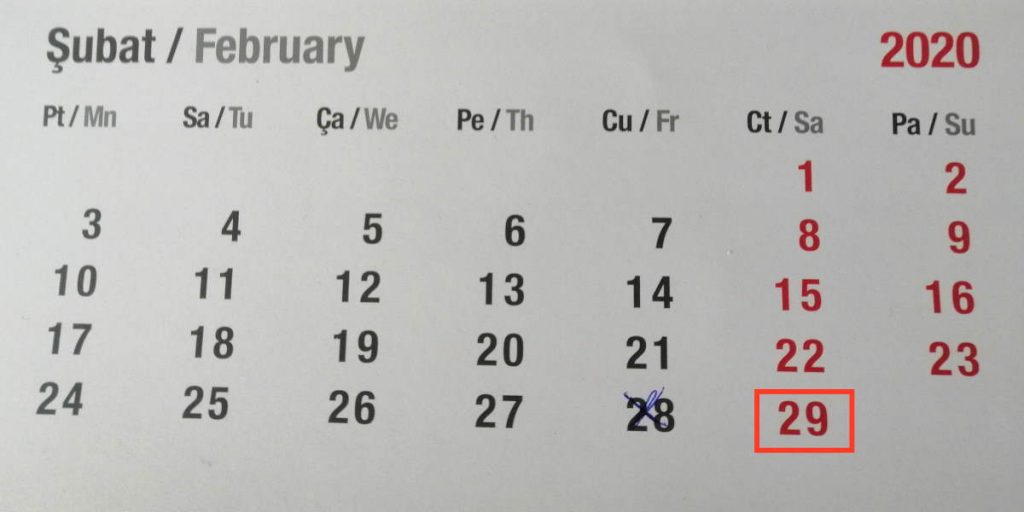A beautiful video, once again, from Michael Stevens, titled “How Earth Moves”. Michael explains many concepts, including “sub-solar point”, “sidereal day vs solar day”, or “how Earth moves in space” etc, and he is doing it in a very simplified manner. Enjoy!
By watching the “How Earth Moves” video, one can learn about these:
- Sub-solar point: The sub-solar point on a planet is where its sun is perceived to be directly overhead. You can check out where are the sub-solar and sub-lunar points right now online from rl.se/sub-solar-point
- Noon: technically, when the sub-solar point is somewhere over your meridian, it’s noon for you.
- Sidereal day: A sidereal day is the length of time it takes a planet to rotate from the perspective of a distant star. For the planet Earth
, a sidereal day is approximately 23 hours, 56 minutes, and 4 seconds. By contrast, solar time is reckoned by the movement of the Earth from the perspective of the Sun. The “solar day”, or simply “day” is 24 hours, so it is slightly longer than the sidereal day because of the amount the Earth moves each day in its orbit around the Sun. - Not every day is equal in length: the shortest day of the year (September 18) is almost a minute shorter than the longest day of the year (December 22) – this fact is an amazing one!
- The seasons: it’s funny that some people (including some of my friends) think that summer means the Earth is closer to the Sun, and winter means vice versa. This is wrong. If it were true, how we could explain the fact that when it’s winter in the northern hemisphere, it’s summer in the southern hemisphere? No, the seasons exist because Earth’s axis is today tilted 23.5 degrees from the plane of its orbit around the sun. But this tilt changes. During a cycle that averages about 40,000 years, the tilt of the axis varies between 22.1 and 24.5 degrees. Because this tilt changes, the seasons as we know them can become exaggerated. More tilt means more severe seasons – warmer summers and colder winters; less tilt means less severe seasons – cooler summers and milder winters.

- The Gregorian calendar: The Gregorian calendar is internationally the most widely used civil calendar. It was introduced as a refinement to the Julian calendar involving a 0.002% correction in the length of the year. It is named after Pope Gregory XIII, who introduced it in October 1582. The Gregorian calendar changed the length of the calendar year from 365.25 days (365 days 6 hours) to 365.2425 days (365 days 5 hours 49 minutes 12 seconds), a reduction of 10 minutes 48 seconds per year. When the new calendar was put in use, the error accumulated in the 13 centuries since the Council of Nicaea was corrected by a deletion of 10 days. The Julian calendar day Thursday, 4 October 1582 was followed by the first day of the Gregorian calendar, Friday, 15 October 1582 (the cycle of weekdays was not affected). Confused? Just watch the video, Michael explains it better 🙂 The Earth is a fast-moving spacecraft.

Related: This is why we have Leap Years
Michael Stevens aka Vsauce, the creator of the “How Earth Moves” video
Michael Stevens (born January 23, 1986) is an American educator, comedian, editor, director, content strategist, and Internet personality, best known for creating and hosting the popular YouTube channel Vsauce. Though Stevens initially centered the channel around video game-related content, the popularity of his educational series DOT saw discussions of general interest become the focus of Vsauce, encompassing explanations of science, philosophy, culture, and illusion. As the host of Vsauce, Stevens grew in popularity, becoming one of the most successful YouTubers, as well as a leading figure in the Internet-driven popularization of science and education in general.
Sources
- Michael Stevens on Wikipedia
- Orbital Variations on earthobservatory.nasa.gov
Gregorian calendar on Wikipedia- Sidereal day on Wikipedia
- Space Shuttle Endeavour’s Touchdown Meets Columbia’s Salute [An amazing photo from the past] - February 29, 2024
- Moon Landings: All-Time List [1966-2024] - February 23, 2024
- From Orbit to Ordinary: 10 Earthly Applications of Space Technology - January 23, 2024
